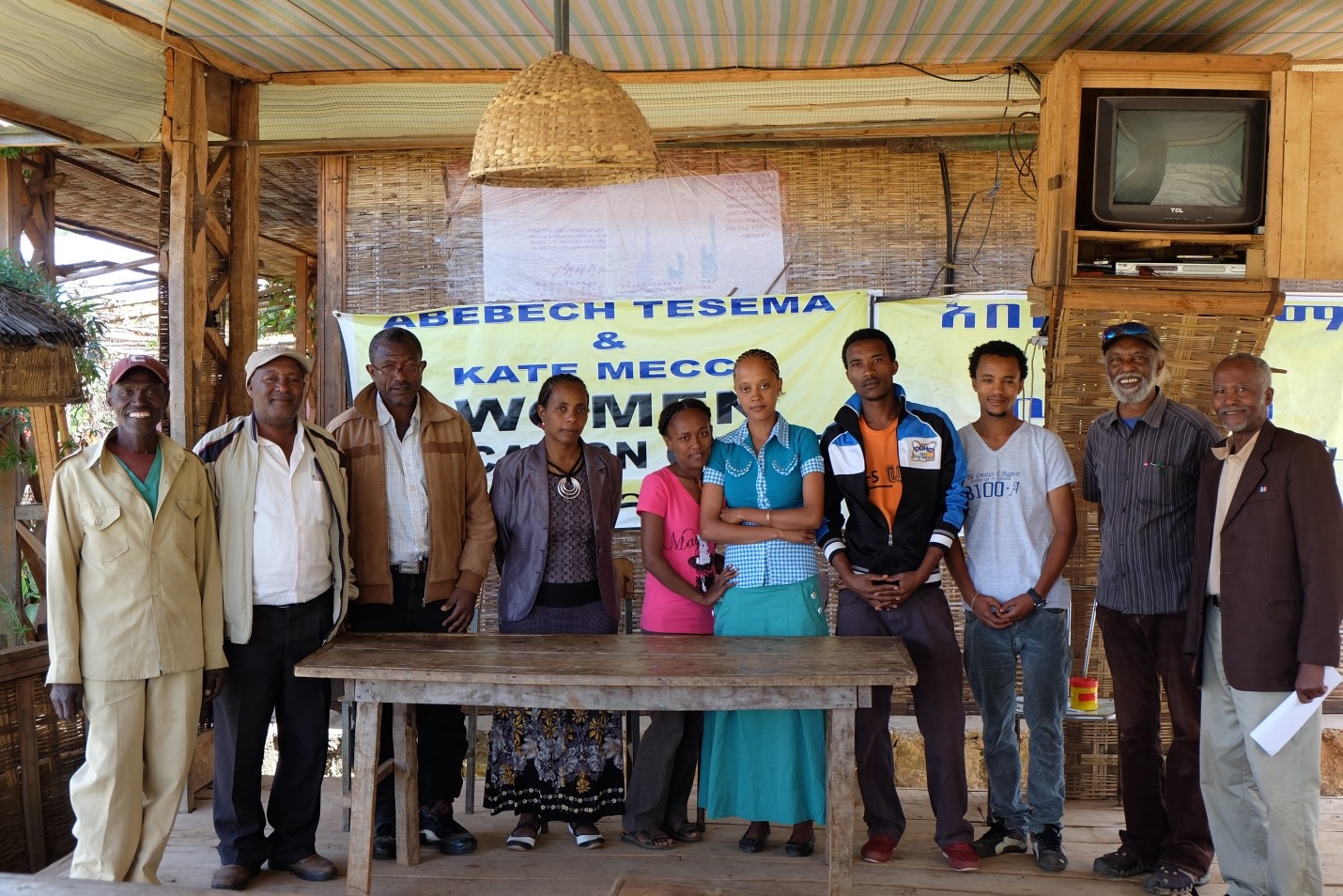For my second co-op term, I managed to land myself a local gig not but twenty minutes up the road at Wright State. Well, not at the university per se, but rather at a cozy little building just off I-675 called the Wright State Research Institute (WSRI). My job? Brain research! More specifically, transcranial direct current stimulation research, or tDCS for short. There will be a more thorough explanation of what this is later on but, for the time being, all you need to know is that it involves electrodes, brains, and live subjects. Make of that information what you will. It’s certainly not what you would expect from such an innocuous-looking building. Yet, while this theme of office-like mundaneness might transfer over to the aesthetic of the interior as well, make no mistake, there is some incredible research happening inside.
After a rocky start involving paperwork and the official start date, my co-worker Megan (another Antioch co-op student) and I became acquainted with the team that we have come to share a workspace and workload with over the past couple of months. At its head is Mike Weisend, an outspoken fellow who is not so unlike a mad scientist with many of his ideas. His knowledge and experience in the field of tDCS are invaluable assets (assets that are, unfortunately, tied up in travel or meetings a lot of the time, leading to a difficulty in access). If Mike is the brain, then Jess, a quirky graduate student who, while soft-spoken, has a range of knowledge able to be expelled at a moment’s notice, and Matt, a talkative full-time research institute employee, are the right and left hands. And, finally, we get to Jeff, an upbeat guy with a passionate love for all things math, who I have had the supreme pleasure of chatting with on a daily basis. They’re all unique and create an irreplaceable vibe at WSRI. Oh, and did I mention that all of them are wicked smart? It has been an absolute pleasure getting to know them while picking their brains through conversation, listening, and observation. I’ve definitely needed it.
The primary project I have adopted could be described as the most curiosity-satiating, headache-inducing endeavor I have undertaken in recent memory. My task seemed so simple initially: build an interface that generates arbitrary current waveforms and sends them out, independently, to a host of electrodes attached to the head. Easy! Right? Well . . . not so much. As it turns out, my proclivities for software over hardware have proved aggravating to my efforts to progress in this project. While I can conceptualize the programmatic design of operation for such a system, my limited knowledge of circuit design has led to a steep learning curve. With all the factors to consider, I soon found myself swamped by concerns of safety, output, feedback, channels, portability, and the appropriate hardware to implement all of it. It would be safe to say I’ve become obsessed with the completion of this device before my co-op is finished. Whether or not this will manifest into actuality is still to be determined. The stress this has caused me is certainly noticeable. Luckily, as of today, I believe I have found a path through the labyrinth. I never thought I would say this about such a short period of time, but it’s been a long road, one made enjoyable and possible by those walking beside me.
I like to think that the work we’re doing is going to someday ensure the safety, effectiveness, and practicality of such devices. The possibilities for application seem endless right now. Indeed many organizations are treating the technology as a bottomless reservoir of opportunity without much regard for patient forethought but, if this co-op has taught me anything, it’s that such notions of sweeping, idealistic grandeur only signal a lack of appropriate questions being asked and roadblocks being encountered. This means there is still a need for redoubled effort into ensuring the integrity of tDCS and other brain stimulation methods to ensure long term success. It is this niche role of critical analysis from within the field that I feel has been the most meaningful contribution of both my work and the WSRI tDCS team as a whole. It has and will continue to be a wildly stressful blast, full of more information than I can manage at times, but the numinous nature of the experience has led to heaps of personal growth. I simply hope that by the end of this term I will have offered them as much as they have given to me.
Photo credit: https://wsri.wright.edu/






